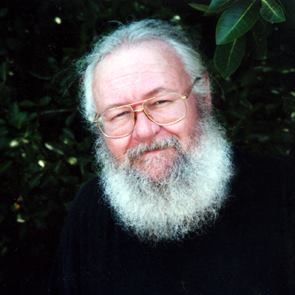The astronomy community has lost one of history’s great visual artists, who was devoted to astronomical illustrations.

Adolf Schaller, 1956–2024. Credit: Adolf Schaller/Facebook
One of the world’s pioneering and most talented space artists, Adolf Schaller, died in early August at age 68. He leaves a published body of work that establishes him as one of the greatest space artists. His attention to ongoing discoveries, from the solar system to distant galaxies, resulted in portrayals reflecting both what is known about these places and his vision of their visual appeal.
Born in 1956, Schaller’s life spanned the Space Age from its beginnings with Sputnik 1 to many recent discoveries in near and distant space.
In the mid-1970s, Astronomy magazine was a pioneering presenter of space art, and Schaller’s earlier work seen there formed a large part of that magazine’s initial “golden age.” An editor of Astronomy, Terence Dickinson, later published several editions of a magnificent book, The Universe and Beyond (Camden House, 1992), which contained numerous illustrations by Schaller, many executed specifically for the book.
Schaller later became part of the team of artists for Carl Sagan’s PBS show Cosmos, and created many pieces of animation artwork as well as painted globes and landscape model backdrops for the series. He later lent his talents to the PBS shows Planet Earth and Infinite Voyage. Schaller also produced many layers of art for a brief zoom to the galactic center for Douglas Trumbull’s film Brainstorm. Schaller’s Europa landscape input for the film 2010 was too exacting for the director, who fired him when the artist’s informed knowledge clashed with the director’s preconceptions.
Schaller’s space art later appeared in press releases by many observatories and in redesigned exhibits for Griffith Observatory in Los Angeles. A book by Dickinson and Schaller, Extraterrestrials: A Field Guide for Earthlings (Camden House, 1994), further shows the breadth of his conceptual and artistic abilities.
Adolf Schaller’s vision will be missed, but his work will continue to inspire.
Related: Astronomy magazine presents the 50 greatest cosmic scenes of our time

